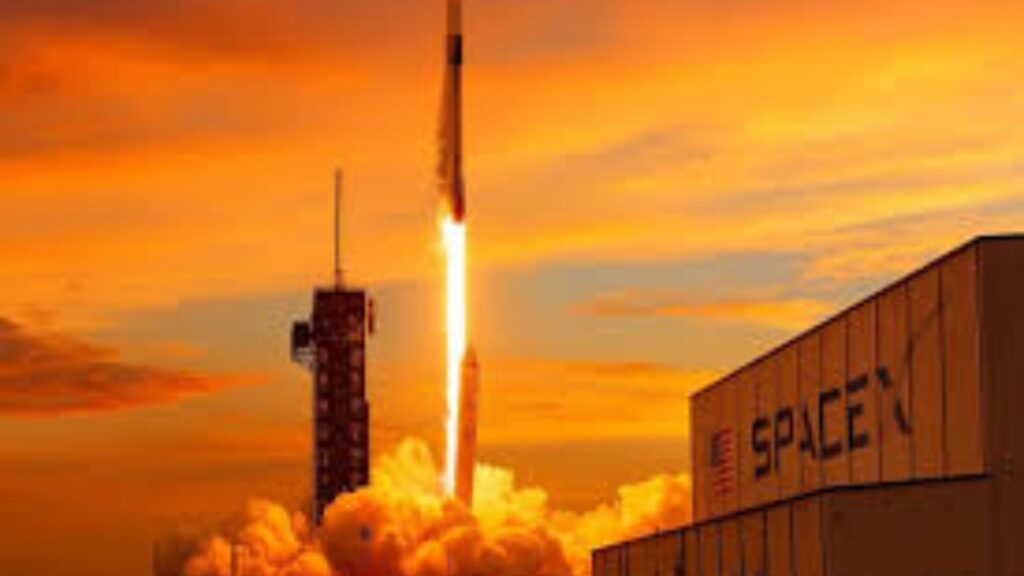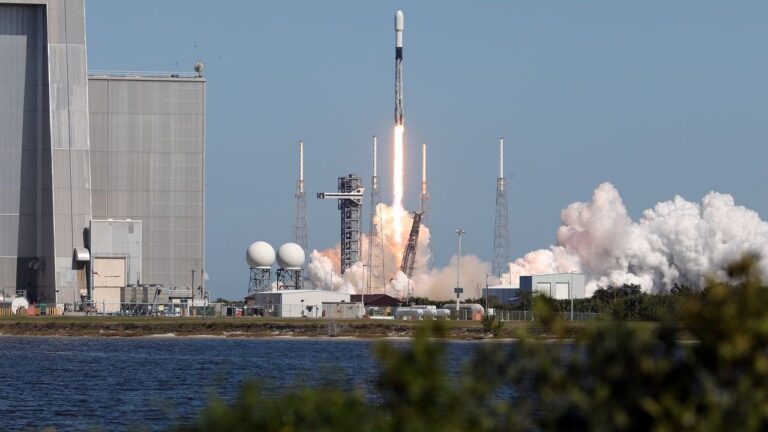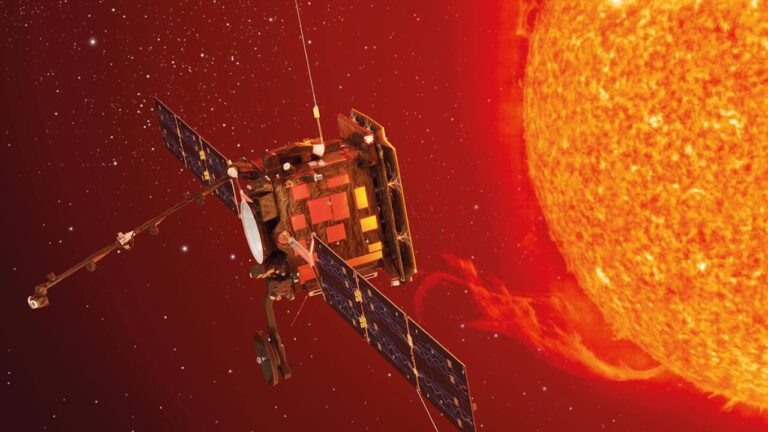
SpaceX has secured a new $81.6 million contract from the U.S. Space Systems Command to launch a key military weather-monitoring satellite in 2027. The mission, designated USSF-178, will deploy the Weather System Follow-on – Microwave Space Vehicle 2 (WSF-M2), the second and final satellite in a program designed to enhance the Department of Defense’s environmental monitoring capabilities.
This award marks SpaceX’s third consecutive victory under the National Security Space Launch (NSSL) Phase 3 Lane 1 program, reinforcing the company’s stronghold in U.S. government launch services. The launch will also carry a secondary payload of experimental small satellites known as BLAZE-2, developed by various defense organizations.
Advanced Weather and Space Monitoring Capabilities
WSF-M2, like its predecessor WSF-M1—which launched aboard a SpaceX rocket in April 2024—is built by BAE Systems and will operate in a sun-synchronous orbit, providing near-global coverage. Equipped with advanced microwave sensors, the satellite will measure ocean surface vector winds, a critical factor in tracking and analyzing tropical storms and cyclones.
Beyond terrestrial weather, WSF-M2 is designed to collect space weather data, helping to detect and monitor energetic charged particles in low Earth orbit that can affect satellite function and military communications. The satellite also supports sea ice monitoring, soil moisture analysis, and snow depth measurement, playing a key role in both operational planning and environmental intelligence for the armed forces.
BLAZE-2 and Strategic Flexibility
The BLAZE-2 secondary payload will test a suite of small experimental satellites, providing platforms for rapid research and development. “It is a strategic advantage when we can flexibly manifest small satellites on our launch vehicles with additional capacity,” said Col. Matthew Flahive, Chief of Launch Mission Solutions Delta at the Space Systems Command. “This helps address emergent operational needs and supports innovation within the defense sector.”
Milestone in NSSL Phase 3 and Mission Assurance
The USSF-178 mission is the first under Phase 3 Lane 1 to be assigned Tier 3 mission assurance, indicating a high operational risk and criticality. The Lane 1 structure allows for varying levels of government oversight, from Tier 0 (minimal assurance) to Tier 3 (maximum assurance), offering flexibility in how missions are managed.
The NSSL Phase 3 Lane 1 is structured as a five-year Indefinite Delivery, Indefinite Quantity (IDIQ) contract, with an estimated total value of $5.6 billion. SpaceX has so far captured all three initial task orders, including two earlier this year for seven Space Development Agency missions and two National Reconnaissance Office missions, totaling $733.5 million.
While Blue Origin and United Launch Alliance (ULA) are also competing in the program, other vendors like Rocket Lab and Stoke Space remain in the wings, awaiting operational readiness of their respective launch vehicles before becoming eligible for task orders.
This latest win further cements SpaceX’s role as a dominant force in U.S. military space operations, particularly as the government looks to streamline costs and boost responsiveness in the face of emerging global threats.






